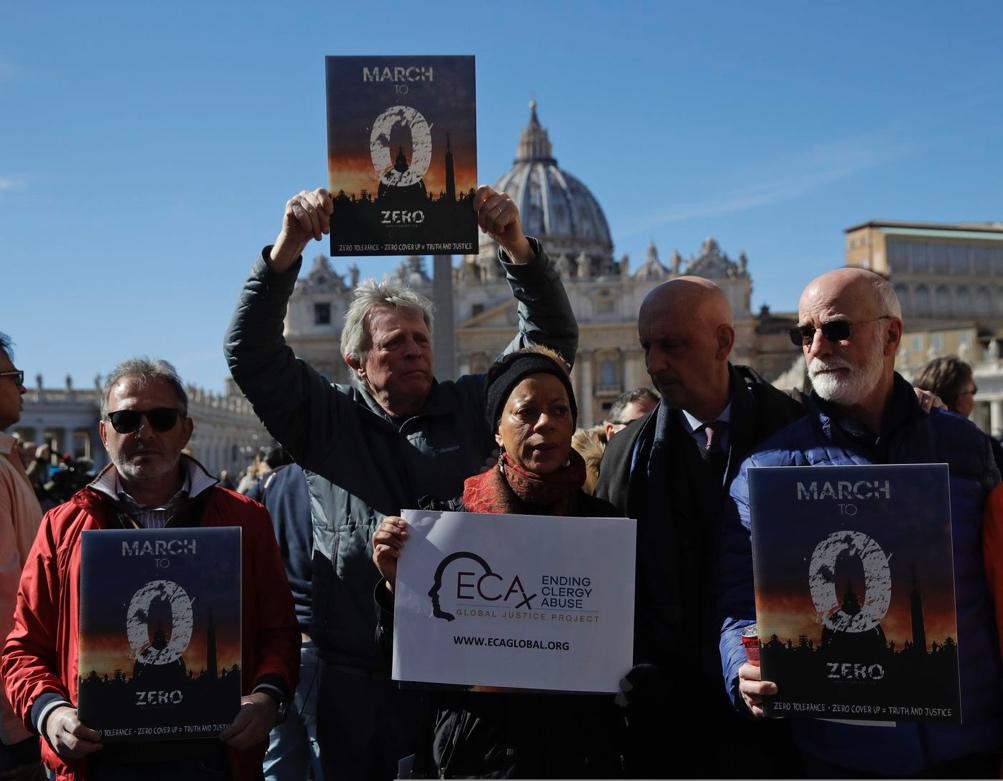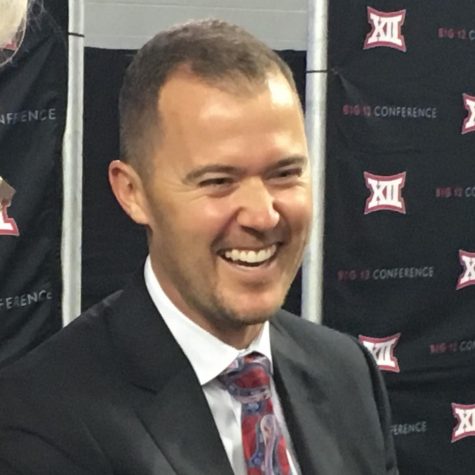Sex Abuse: Post-conference
Steps towards ending international Clerical Sex Abuse? A continuation of my look at the Clerical Sex Abuse Crisis
By: Ryan Tierney ‘20

“So whoever knows the right thing to do and fails to do it, for him it is a sin” (James 4:17).
Last Wednesday, millions of Catholics across the world flocked to their local parishes to celebrate the beginning of Lent and to remind themselves, with ashes, of their humanity. Days like Ash Wednesday demand honest self-reflection, improvement, and action… something that the Catholic Church needs desperately in this day and age.
In late February, the Church had an incredible opportunity to live up to the ideals of Ash Wednesday when dozens of bishops and cardinals from across the world gathered in the Vatican to discuss clerical sex abuse, a problem that has plagued the Catholic Church’s credibility for decades. On some level, the Church was able to capitalize on this opportunity. Pope Francis denounced sexual abuse within the Church, calling it incompatible with the “moral authority and ethical credibility” of the Church and declaring an “all-out battle” against clerical pedophilia. The bishops in attendance also released a list of “21 reflection points” on how the Church can potentially solve the problem of sexual abuse. Some of these statements and words that the Church released were powerful, to say the least.
However, they were only words. The summit did not produce any actions or reforms, and, as of right now, the Church finds itself in the same place it was prior to the summit. There is no consensus on how to prevent sexual abuse, punish predator priests, or even help the victims. How could this happen? In my opinion, the summit failed to produce meaningful change because the summit wasn’t fundamentally about reform, or even healing. Rather, it was a divisive circus in which the clergy often tried to avoid the truth, and, in doing so, magnified the Church’s disconnect with victims of sexual abuse and the broader world.
Perhaps one of the most glaring examples of this internal disconnect, and divisiveness, leading up to and during the conference is the question of what causes clerical sex abuse. For decades, many different theories have circulated, citing clericalism, celibacy, and bad seminary formation as factors that have helped create predatory priests.
However, prior to and during the conference, two far more closed-minded theories were tossed into the mix, creating a divisive undercurrent which persisted throughout the entirety of the conference. One, propagated by Cardinals Burke and Brandmüller in an open letter released on February 20th, blames child sex abuse on the “homosexual agenda” of the Catholic Church. The other, suggested by Pope Francis throughout the conference and during his concluding speech, blames “Satan” for the depravity and sexual abuse that has persisted in the Catholic Church and the “destruction of the church” that many Catholics claim the media is pushing. In short, both of these theories are absurd. Blaming “Satan” for the abuses and coverups committed by the Catholic Church is laughable. If a kid at Regis Jesuit was out of dress code and, when confronted about it by his teacher, said, “the devil made me do it,” he would probably get a second demerit for insulting the intelligence of the instructor. Furthermore, scapegoating homosexuals is incredibly dangerous, not only because it encourages bigotry and homophobia, but also because it adds to the Church’s lenghty crime of abusing power and trust. However, one thing is certain. Both of these theories are deflections of responsibility and efforts to avoid the truth.
In addition to the underlying dishonesty that tainted the conference, the Church repeatedly presented itself as a disconnected entity seperate from its victims and the rest of the world. This was largely, due to a lack of communication and media access throughout the entire event. Nearly all Q&A, group, and workshop sessions were off limits to the press, forcing the media’s insight to the majority of the conference to be gained from press conference remarks. These comments left the impression that the bishops, and the Church as a whole, were incredibly unprepared and were still trying to grasp the severity of clerical sex abuse. On day two, when bishops met with abuse survivors from their dioceses, Cardinal Sean O’Malley admitted that, “many bishops [had] not had that experience.” Another problem that arose was that bishops were, as Cardinal Blase Cupich of Chicago observed, resistant to talking about the issue of sex at all, as they were from other countries “where talking about human sexuality isn’t talked about the way it is in the Western world.” This particular disconnect, while it may be primarily the result of geographic and cultural differences, still contributed to the lack of meaningful communication at the summit.
Perhaps the most clear communication that the Vatican gave to the public throughout the four days was their response to the numerous abuse survivors, from 20 different countries. Who marched through the Vatican during the four days, demanding a meeting with the bishops. No priests, bishops, or popes invited them in, giving them no acknowledgement throughout the conference.
While this awkwardness and lack of communication may be alarming, the conference did include instances where the Church spoke out strongly against sexual abuse. At the end of the conference, the Church even indicated (as the 21 points of reflection show) that they know how to stop this injustice. If the Church had been more transparent, and maybe turned some of their 21 points into universal standards, the conference may have been a success. But the Church’s hierarchy and leadership, through its truth dodging, inaction, and general insensitivity to the issue of clerical sexual abuse, made its overall message very clear. It may know what to do, but it is not ready for change. The prayers of millions of Catholics, and thousands of abuse survivors, demand something more.
Read Part One continuing Op-Ed series:“International sex abuse crisis needs more solutions like the Colordado dioceses initiative with State Attorney General.”




